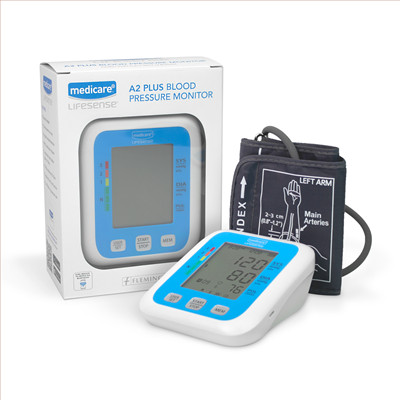Your cart is empty
Ireland Deliveries - DPD
- Order by 1pm for same day dispatch
- Order dispatched same day where possible
- Ireland Free Shipping Over €70
- Shipping for orders €30 - €70
- €4.95
- Shipping for orders up to €30
- €6.95
European Deliveries - An Post & DHL
Orders packaged in plain packaging at our premises in Dublin, Ireland.
We Ship to these countries in Europe:
Austria, Begium, Bulgaria, Croatia, Cypruss, Czech Republic, Denmark, Estonia, Finland, France, Germany, Greece, Hungary, Italy, Latvia, Lithunaia, Luxembourg, Netherlands, Malta, Portugal, Slovakia, Slovenia, Spain, Poland, Sweden.
Shipping estimated within 5-7 working days.
More Delivery Information
For more information on international and Irish deliveries, please read our Delivery Terms & Conditions.


